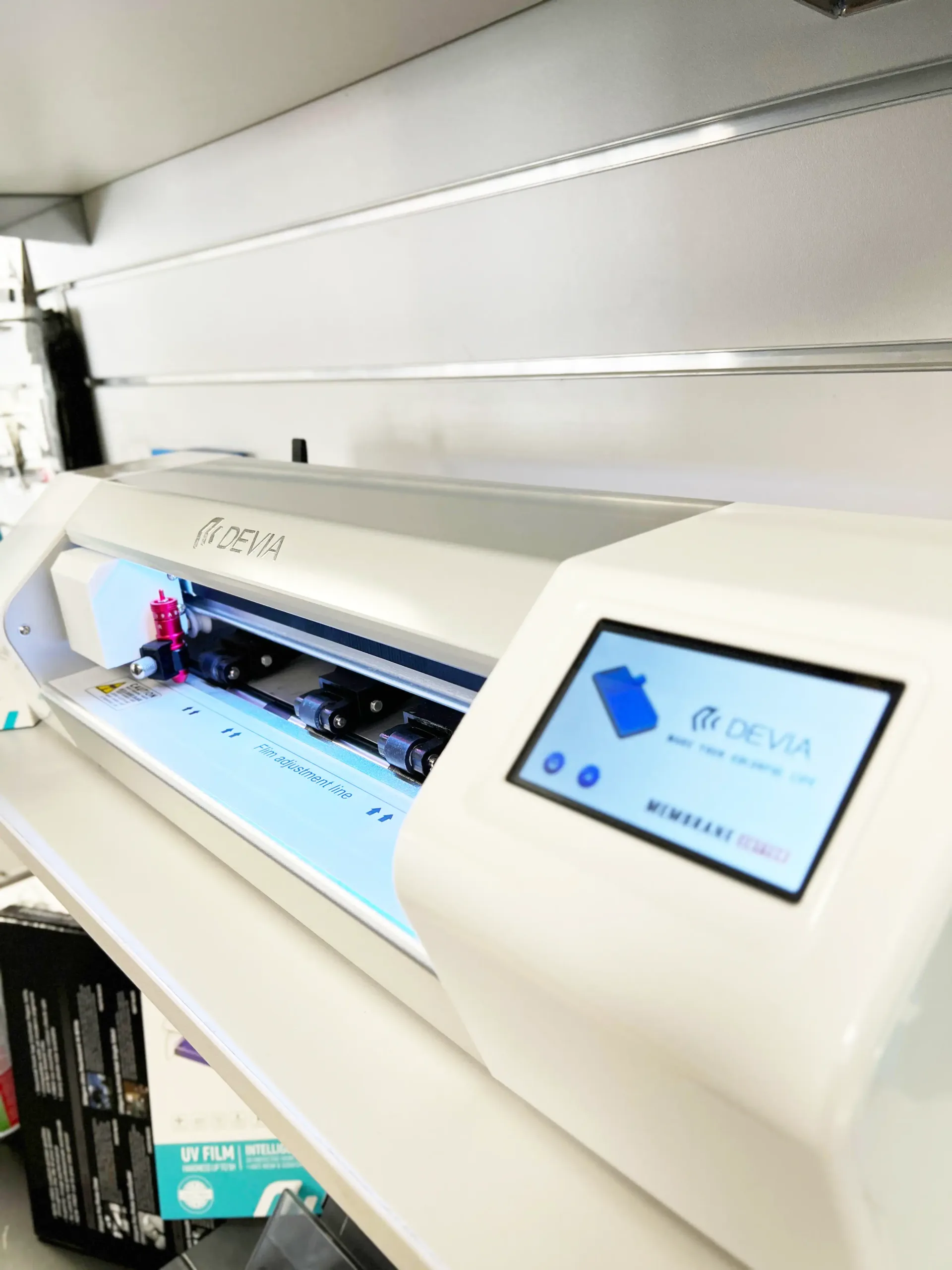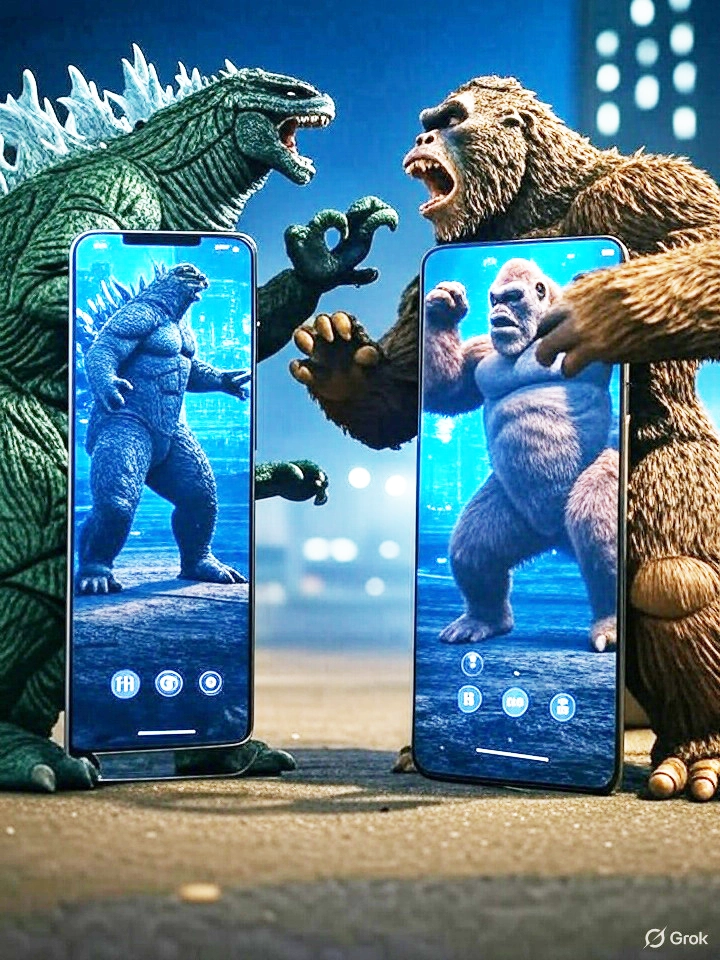It’s as epic as Godzilla versus Kong… Well, maybe that’s a little exaggeration.
Quick explanation on screen protectors
The tale of the tape: Who is in the ring?
The varying qualities of both contenders
Both TPU and tempered glass protectors have varying standards of quality. Over the years, I have seen the good and the bad. Like tempered glass protectors that are so weak and brittle that the only assurance one can get is psychological at best. For the purposes of this post we will assume both the TPU and tempered glass are midd;e of the road quality.
| Feature | TPU Screen Protector | Tempered Glass Screen Protector |
|---|---|---|
| Durability | Highly impact-resistant and self-healing, can absorb impacts without cracking | Stronger and scratch-resistant, but may crack or shatter upon impact |
| Feel | Flexible and may feel slightly rubbery | Feels like glass, potentially more clear and natural |
| Scratch Resistance | Resistant to scratches, but may show small pits that self-heal | Highly scratch-resistant, but can be scratched with hard objects |
| Thickness | Typically thinner than tempered glass | Thicker than TPU |
| Cost | Generally more affordable | Can be pricier, but more affordable options are available |
| Installation | Can be easier to install as it is more flexible | May be more challenging to install, potentially requiring glue or precise alignment |

A TPU plotter for cutting TPU blanks.
Availability
Summary

No clear winner
Hailsham Technology has a wide range of smartphone accessories and can provide TPU protectors for all models.
Here is AI’s opinion on the battle of TPU vs Tempered Glass
TPU and tempered glass screen protectors both offer protection for your phone’s screen, but they differ in terms of durability, feel, and cost. TPU is more flexible, impact-resistant, and self-healing, while tempered glass is stronger and more scratch-resistant.
Choose TPU if:
You value impact resistance, self-healing capabilities, and affordability, and don’t mind a slightly rubbery feel.
Choose tempered glass if:
You prioritise scratch resistance, a clearer screen experience, and are comfortable with a potentially thicker protector.

TPU vs Tempered Glass, according to AI.
Well, AI certainly agrees there are real benefits to using genuine parts from an authorised company.
Hailsham Technology
Hailsham Technology is an Apple-approved independent Repair Provider. Stocking genuine Apple batteries and screens for repairs and replacements. If you would like a battery replacement or a screen replacement, please contact us.

